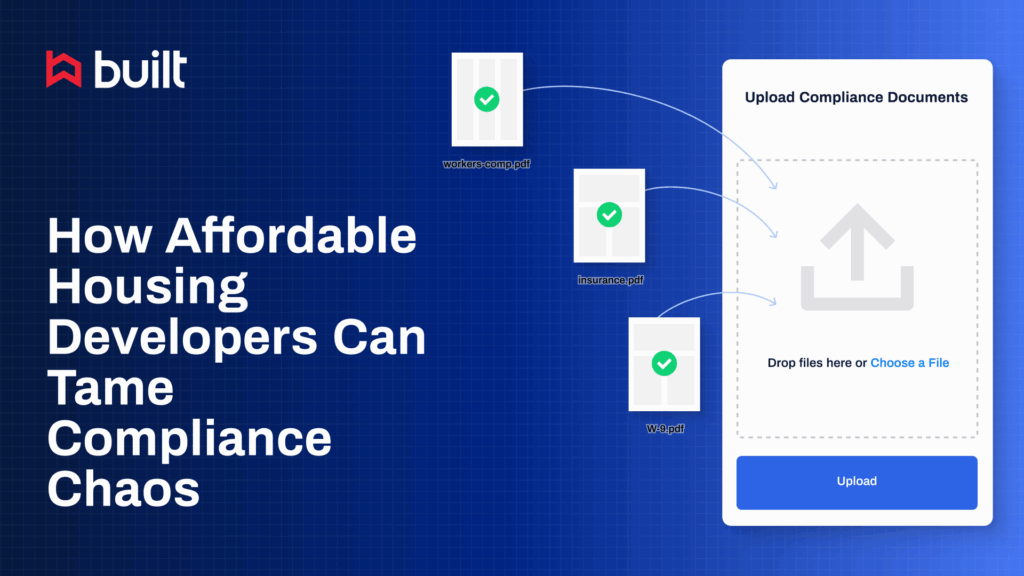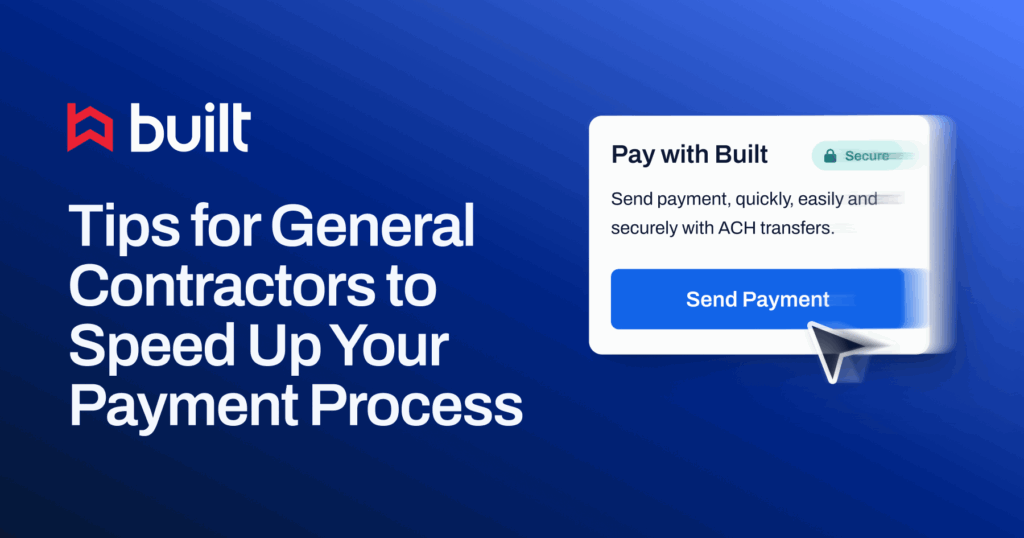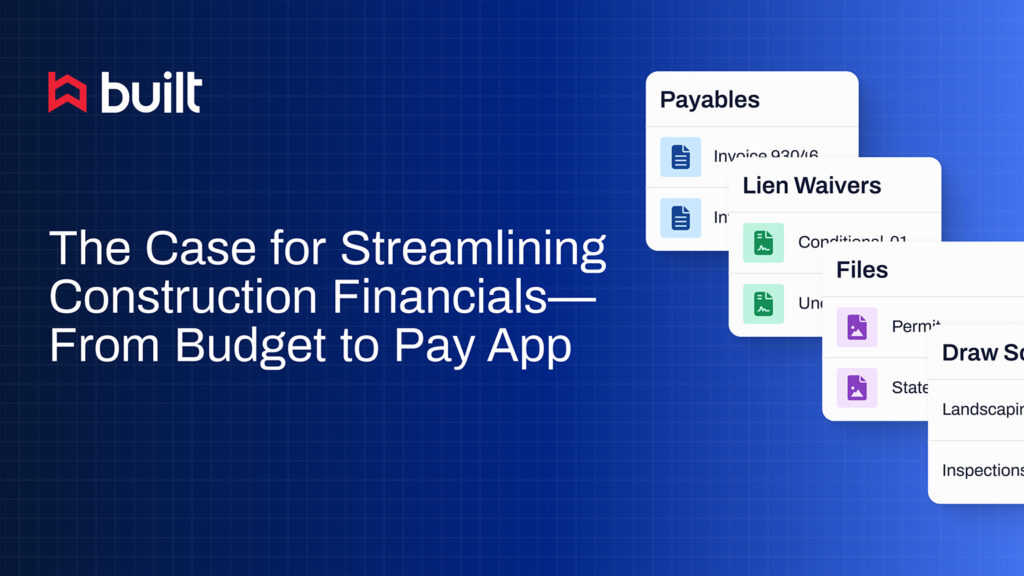
Lien Waiver vs. Lien Release: What’s the Difference?

While bricks, concrete, and lumber make up the buildings, the construction industry runs on paperwork. There are unique documents for almost every step of the process, but some of them sound alike or have seemingly similar purposes. Two such documents include lien waivers and lien releases.
This lien waiver vs. lien release guide will explain how they vary and when to use each.
What is a lien waiver?
A lien waiver is a document used during the construction payment process to remove any legal claim to money paid or owed. The property owner may require this document before issuing payment to any of the parties working on the project.
Essentially, the party getting paid exchanges a lien waiver for their payment. At that point, they are legally signing away their claim to the dollar amount they’re receiving. This prevents them from filing a mechanic’s lien for money they already received.
Consider a subcontractor submitting their first payment application on an ongoing project. They’re owed $2,500, and the total value of the contract is $40,000. The subcontractor will include a signed conditional lien waiver for $2,500 along with their payment application. Once paid, they’ll no longer have mechanic’s lien rights to that $2,500. They retain rights to the remaining $37,500 until the next payment.
Types of lien waivers
There are two types of lien waivers: conditional and unconditional. The difference between the two types is when they go into effect.
A conditional lien waiver states that the party getting paid waives lien rights to the amount owed if they receive payment. They can sign this document and send it along with their payment application with little risk. If they don’t receive payment, they’ll still retain their right to file a lien. After receiving payment, they’ll no longer have a legal claim to the amount per the lien waiver.
An unconditional lien waiver is inherently riskier. This document surrenders the claimant’s legal right to the amount immediately upon signing. It doesn’t matter if they receive payment or not. If they sign one of these waivers and don’t receive payment, they’ll no longer have the right to file a mechanic’s lien for that amount.
The other distinction between these two lien waivers is when they’re appropriate. Conditional lien waivers are safer to sign before receiving payment. If applicable, it is typically appropriate to include one of these waivers with a payment application. Subcontractors and suppliers should only sign unconditional lien waivers when they’ve already received payment, are receiving payment at that moment, or know that the funds are guaranteed.
What is a lien release?
Lien releases are documents submitted to remove a lien from public record. When a contractor, subcontractor, or supplier goes unpaid for work performed or materials supplied during a construction project, they can file a mechanic’s lien with the public recorder’s office. This lien has a lot of implications, such as making further financing difficult or selling the property impossible.
There are three common outcomes of a lien filing. They include satisfaction (full payment), foreclosure, or lien expiration. In any of these three cases, the lien remains on the public record until the claimant files a lien release.
Filing a lien release is similar to filing a lien. The claimant simply goes to the same office where they filed the mechanic’s lien and submits the release paperwork. These forms or documents aren’t typically standardized, but there is some important information to include:
- The property address
- The property owner’s name
- The claimant’s name
- Any identifying information provided for the lien, such as the lien number, filed dates, or satisfaction dates
Most states legally require claimants to file a lien release. This is to prevent satisfied or expired liens from arbitrarily remaining on the public record. It also prevents a satisfied or frivolous lien from hindering the property’s liquidity. The time frame to release the lien depends on the state, but it typically ranges from 10 to 30 days.
Differences between lien waivers and lien releases
The main factors in the lien waiver vs. lien release debate are how and when they come into play throughout the construction process. Again, they sound similar, but they are different types of liens that serve separate purposes.
How they’re used
A lien waiver is used to prevent a mechanic’s lien from being filed. The project owner will often require the general contractor to collect from sub-tier contractors before they’ll issue payments. After all, the owner wants to avoid a lien filing as much as possible.
A lien release will only come into play after a claimant officially files a mechanic’s lien against the property. Mechanic’s liens attach to the property’s public record and will remain until a release removes them, regardless of the outcome.
When they’re used
Lien waivers are part of the payment process. Contractors, subcontractors, and suppliers may fill them out at several points throughout the project, until receiving final payment. Any time a subcontractor or supplier submits a payment application, a lien waiver is usually nearby.
A lien release has no specific time frame. They may be necessary during the project or even after its completion. However, they will only come into play after filing a mechanic’s lien against the property. They may be necessary while the project is ongoing or even months after the job wraps.
Lien management tools
Documents involving mechanic’s liens such as lien waivers and lien releases are some of the most important in the project. They can have major impacts on the project, the property, and the people involved. For these reasons, it’s critical to keep them organized.
Lien management software is often the best solution for organizing lien documents. Sending and receiving lien waivers electronically can streamline the payment process. This ensures that contractors who pay their subcontractors on time don’t have to worry about liens. Subcontractors and suppliers will also receive payment on time.
Also, by collecting lien waivers electronically, users can track which payments are at risk for a lien and which are free and clear. This management system alone can help reduce the need for a lien release, preventing mechanic’s liens from occurring in the first place—that’s good news for project owners, general contractors, subcontractors, and suppliers alike.








